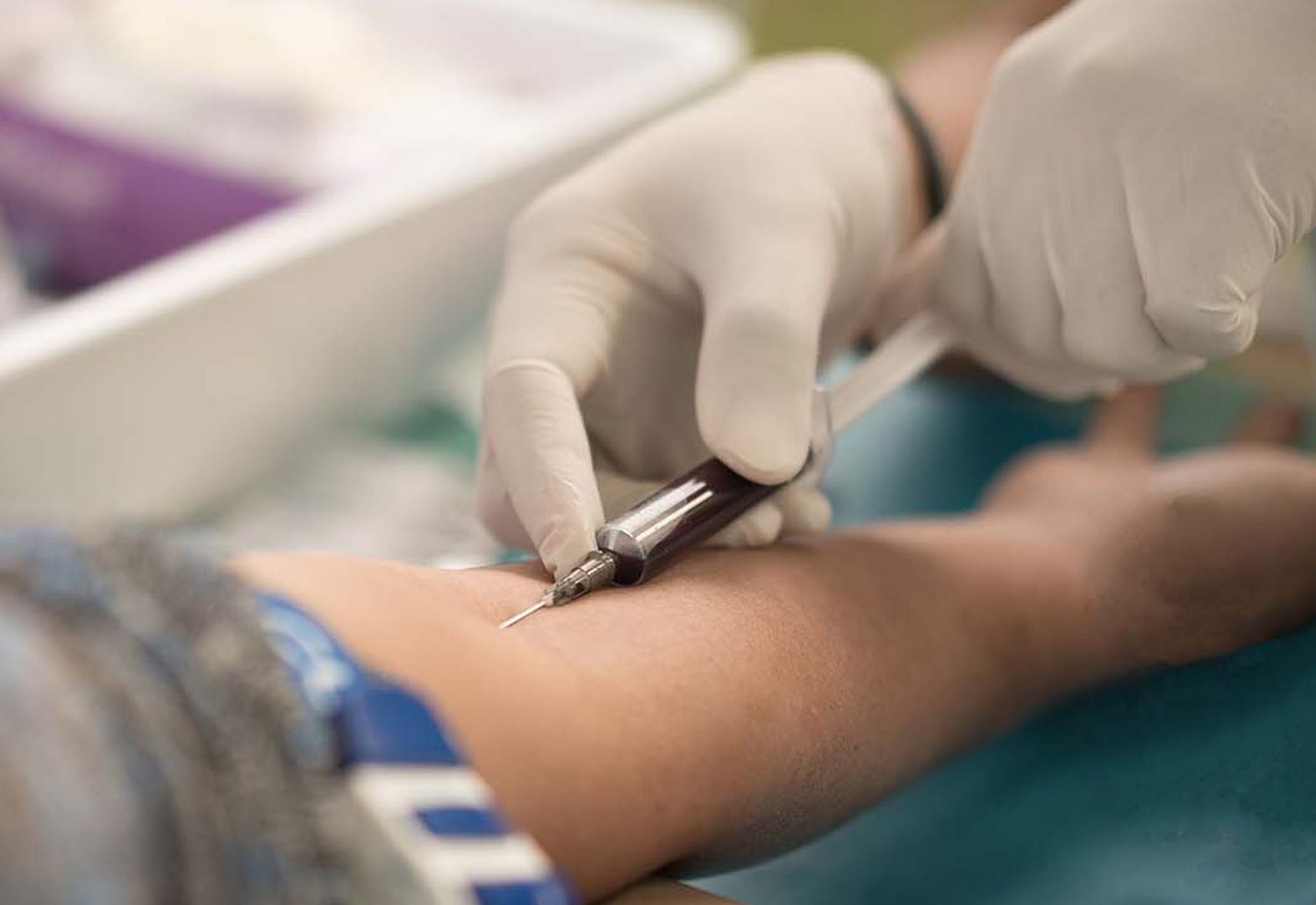A/G Ratio Home Testing: Complete Guide

A/G Ratio Home Testing: Complete Guide
The albumin-to-globulin (A/G) ratio is a valuable marker in blood tests that healthcare providers use to assess liver function, kidney health, and immune system activity.
While medical laboratories conduct traditional blood tests, home testing options continue to emerge, giving individuals new ways to track their A/G ratio.
This guide explores home A/G ratio testing options, their accuracy, cost, and result interpretation guidelines. It also covers situations requiring laboratory testing for more precise diagnostics.
If you recently received your results back, noticed a low A/G ratio and need a personalized explanation regarding what they mean, LabAnalyzer can offer a specific breakdown.
Available Home Testing Options
Home testing for A/G ratio offers different approaches than glucose or cholesterol testing, with several options available:
At-Home Blood Test Kits:
Finger-prick collection sent to a lab for analysis
Reports include albumin and globulin levels, with an A/G ratio calculation
Available through direct-to-consumer lab services
Results integrate with digital health platforms like LabAnalyzer for tracking
Future Technology Development:
Research continues for non-invasive protein monitoring via smartwatches and biosensors
No FDA-approved wearable A/G ratio devices exist currently
Scientists focus on developing reliable monitoring methods
Online Lab Orders (Hybrid Approach):
Patients order tests online and receive blood collection kits at home
Labs process mailed samples using standard protocols
Digital platforms track and store results
Results transfer to healthcare providers electronically
Home A/G ratio testing continues evolving, with mail-in kits offering a convenient testing option without visiting medical facilities.
Accuracy Comparison
Home test kits deliver reliable results, though laboratory testing remains the gold standard thanks to strict quality controls.
Here's how different testing methods compare:
Test Type
At-Home Blood Test Kits
Accuracy: 85-95%
Limitations: Proper sample collection needed; shipping delays might affect results
Quality Control: Standard lab protocols
Lab-Based Blood Tests
Accuracy: 99%+
Limitations: Performed under controlled conditions with precise calibration
Quality Control: Highest level controls
Research-Stage Sensors
Accuracy: TBD
Limitations: Not commercially available
Quality Control: Under development
Point-of-Care Testing
Accuracy: 90-95%
Limitations: Limited availability
Quality Control: Moderate controls
Healthcare providers recommend laboratory testing for critical medical decisions while supporting home testing for routine monitoring.
Cost Analysis
Home A/G ratio testing presents cost advantages compared to frequent laboratory visits.
Current pricing structures include:
At-Home Blood Test Kits:
$50 – $150 per test (includes laboratory processing)
More affordable than hospital-based testing without insurance
Bulk purchase options available
Digital result storage included
Lab-Based Testing (Doctor's Office or Hospital):
$100 – $300 per test (without insurance)
Most insurance plans cover medically necessary testing
Additional fees for sample collection
Result interpretation services included
Online Lab Orders (Hybrid Model):
$40 – $100 per test through direct-to-consumer services
Bundle options reduce per-test costs
Digital platform access included
Automated result tracking available
Many direct-to-consumer services offer comprehensive metabolic panel bundles including A/G ratio measurements at discounted rates.
Sample Collection Methods
Home testing kits utilize finger-prick blood collection, streamlining the process compared to venous draws.
Collection methods include:
Finger-Prick Test:
Small lancet collects blood drops
Collection cards or microtubes store samples
Laboratory processing takes 3–5 days
Digital result delivery follows processing
Dried Blood Spot (DBS) Testing:
Blood samples dry on specialized cards
Simplified shipping and storage protocols
Extended sample stability
Standardized processing methods
Collection accuracy significantly impacts result reliability. Following kit instructions ensures optimal sample quality.
Result Interpretation
Understanding A/G ratio results helps monitor overall health status:
Normal A/G Ratio (~1.1 to 2.5):
Indicates balanced blood protein levels
Supports normal organ function
Regular monitoring tracks stability
Digital tools help identify trends
Low A/G Ratio (<1.0):
Might indicate liver disease, kidney disease, or chronic inflammation
Requires healthcare provider consultation
Additional testing helps determine causes
Regular monitoring tracks changes
High A/G Ratio (>2.5):
Points to dehydration, protein malabsorption, or immune disorders
Healthcare providers recommend follow-up testing
Nutritional assessments help identify causes
Tracking tools monitor improvement
Using platforms like LabAnalyzer helps patients understand their results and track changes over time, enabling more informed discussions with healthcare providers.
When to Use Lab Testing Instead
While home testing offers convenience, certain situations require laboratory testing:
Laboratory testing becomes essential when:
Chronic liver or kidney disease needs regular monitoring
Symptoms include persistent fatigue, swelling, jaundice, or frequent infections
Medications affect albumin/globulin levels
Home test results show significant abnormalities
Healthcare providers request specific tests
Treatment decisions require precise measurements
Medical emergencies demand immediate results
Insurance requirements specify laboratory testing
Home testing supports routine health monitoring, while laboratory tests provide necessary diagnostic information and guide treatment decisions.